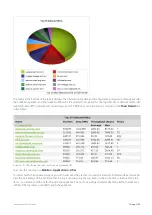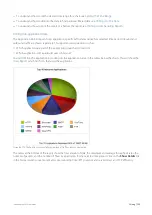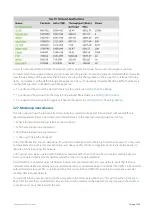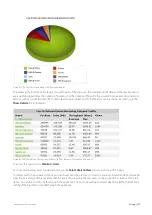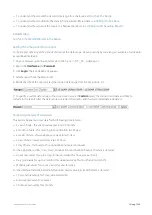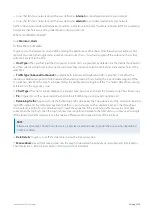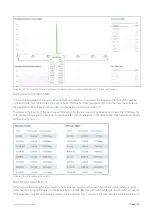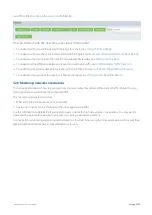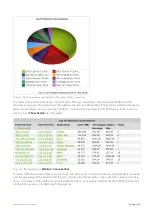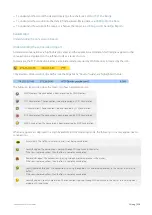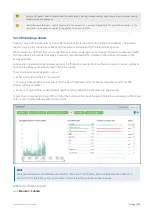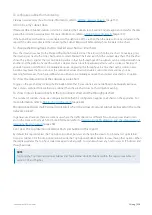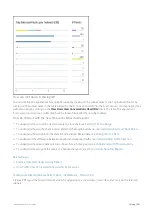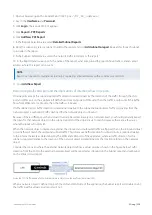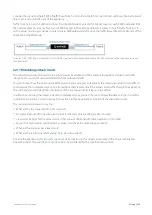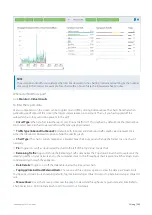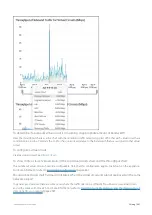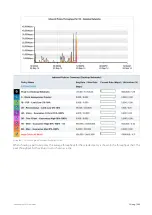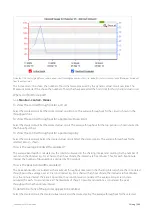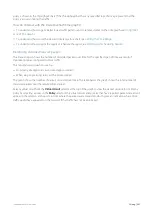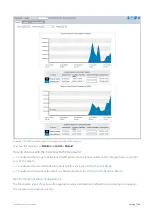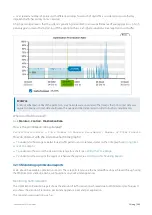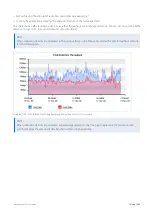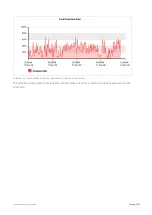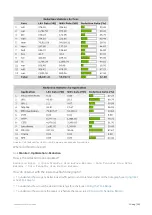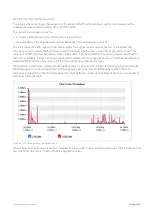
Exinda Network Orchestrator
3 Using
|
238
1.
On your browser, open the Exinda Web UI (
https://UI_IP_address
).
2.
Key-in the
User Name
and
Password
.
3.
Click
Login
. The Exinda Web UI appears.
5.
Click
Report > PDF Reports
.
6.
Click
Add New PDF Report
.
7.
In the Reports Selection area, select
Detailed Subnet Reports
.
8.
From the subnet list, select a subnet to add to the report and click
Add subnet to report
. Repeat this for each subnet
to include in the report.
9.
In the Subnets Selected area, select the network traffic to include in the report.
10.
In the Report Details area, specify the name of the report, what time period the report should reflect, and an email
address where the report can be sent.
NOTE
Reports can be sent to multiple recipients by separating email addresses with a comma or semi-colon.
11.
Click
Add New Report
.
Determining traffic direction and the implications of directional flow on reports
On all reports except the subnet report, traffic direction is determined by the direction of the traffic through the LAN
port and WAN port on the appliance. If traffic flows from LAN-side to WAN-side, then the traffic is outbound. If the traffic
flows from WAN-side to LAN-side, then the traffic is inbound.
On the subnet report, traffic direction is determined relative to the subnet network object. Traffic originating from the
network object is outbound. Traffic destined for the network object is inbound.
Because of these differences, when virtual circuits are based exclusively on a network object, you should generally expect
the totals for that network object on the subnet report and the virtual circuit to match. However, there are a few cases
where the totals will not match.
When the network object is marked as external, the inbound and outbound traffic are flipped, that is, the inbound virtual
circuit traffic will match the outbound subnet traffic. This is because traffic direction for virtual circuits is reported relative
to the internal network as determined by the WAN and LAN ports of the appliance, whereas traffic direction for the
subnet is reported relative to the location of the network object as determined by the location setting on the network
object.
Consider the scenario where the external network object defines a virtual circuit as shown in the figure below. Traffic
direction from the LAN to the external network object will be reported as inbound on the Subnet report and outbound
on the Virtual Circuit report.
Screenshot 99: Traffic inbound to the External Network Object is outbound from the internal LAN
When a network object is defined on both the LAN and WAN side of the appliance, the Subnet report will double count
the traffic, but the virtual circuit report will not .
Summary of Contents for EXNV-10063
Page 369: ...Exinda Network Orchestrator 4 Settings 369 ...
Page 411: ...Exinda Network Orchestrator 4 Settings 411 Screenshot 168 P2P OverflowVirtualCircuit ...
Page 420: ...Exinda Network Orchestrator 4 Settings 420 Screenshot 175 Students OverflowVirtualCircuit ...

